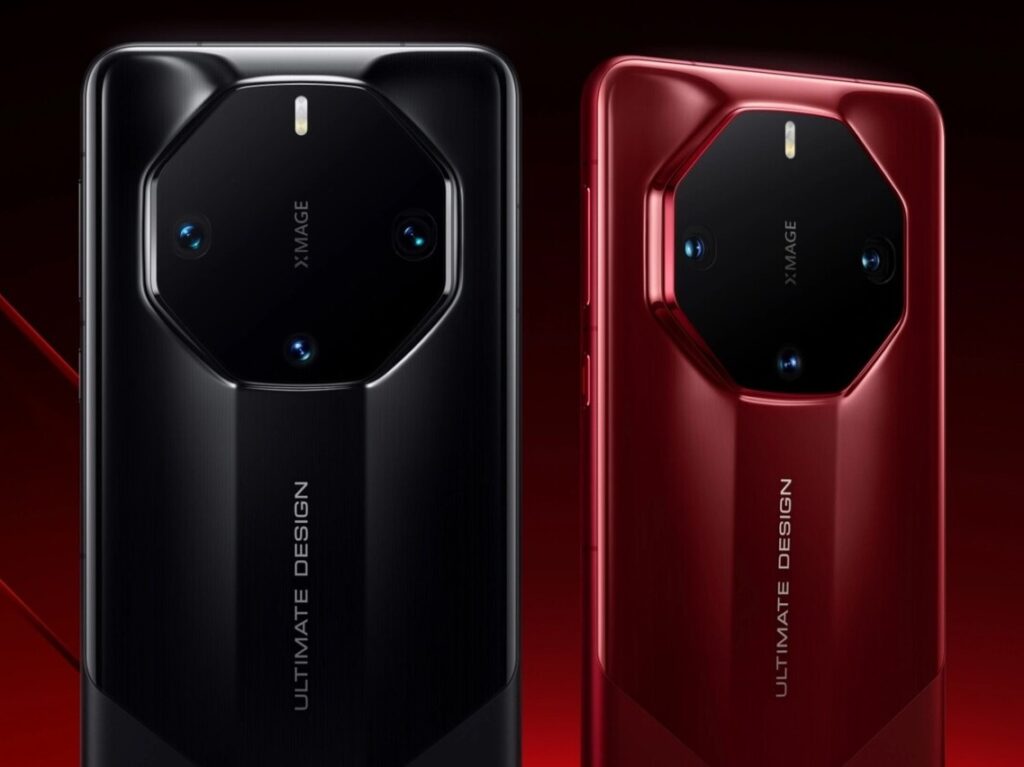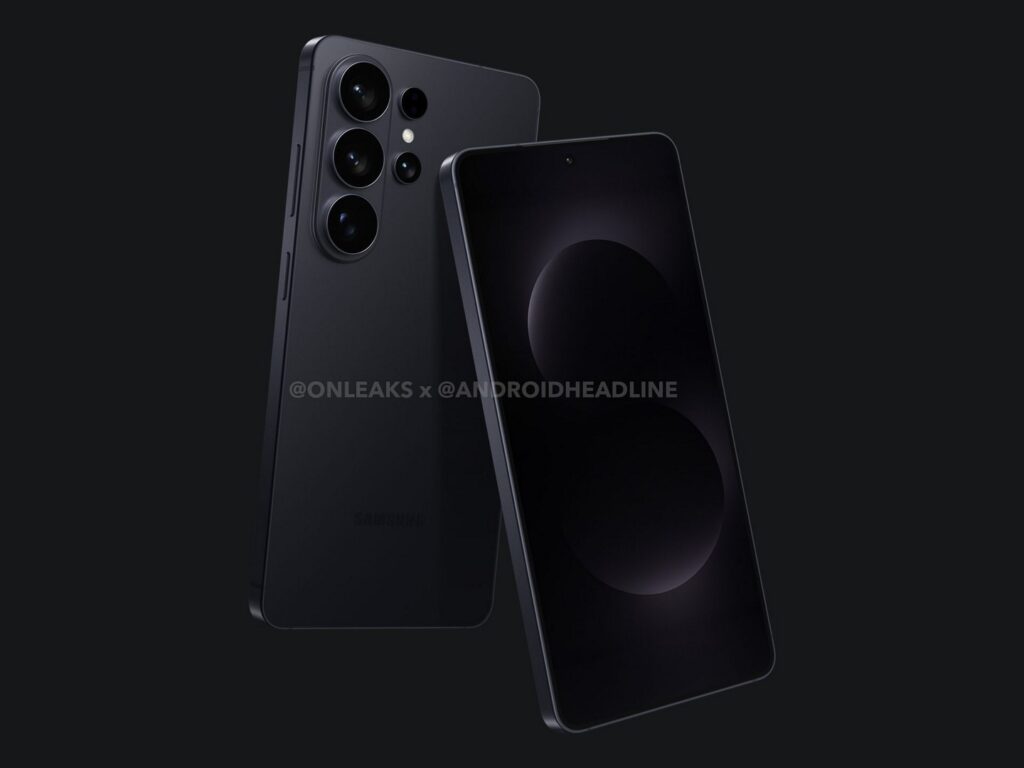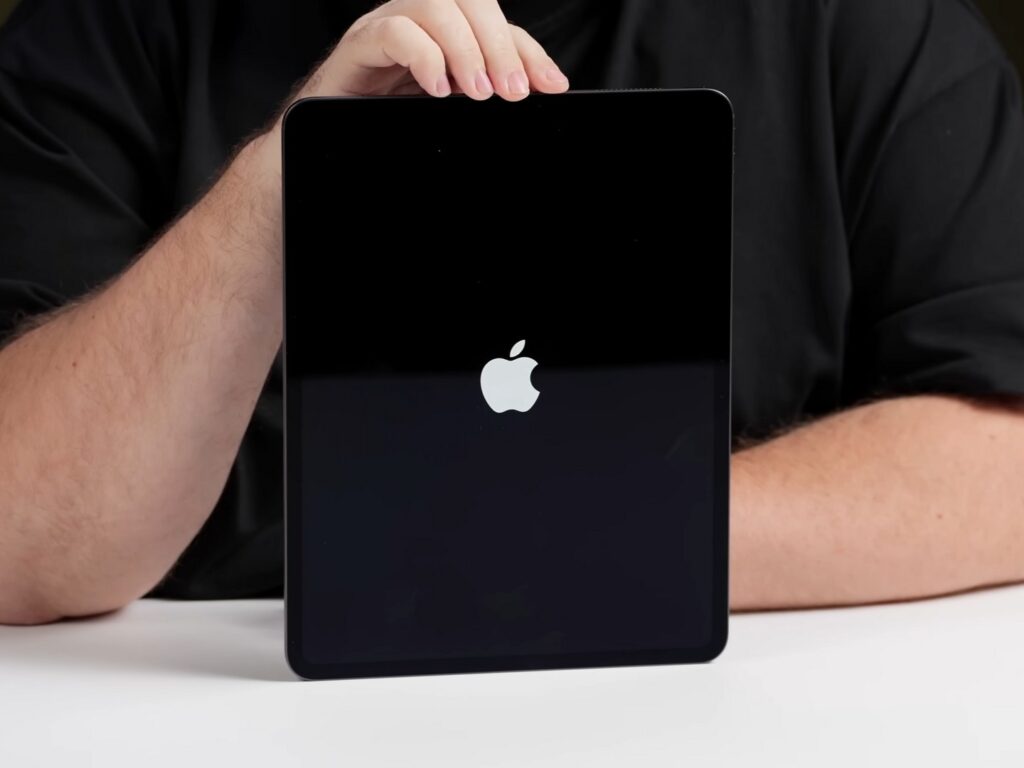The OPPO Reno series is popular for its design, cameras, and AI features. So, besides being able to spit out water from the speakers, yep!
Let’s find out if this is just another mid-range smartphone because there are some things about it that makes you ask: “But why?”
Unboxing
I was planning to skip the unboxing part because unboxing smartphones these days is usually boring. But when it comes to Chinese brands though, they usually pack everything that you need.
So, in this box, there’s the 80W charging brick, a Type-A to Type-C cable, and a black phone case as well.
Design & Build Quality
So, design and build quality-wise, it has an aluminum alloy frame, which was cool because the last generation OPPO Reno12 Pro had a plastic frame. It also has a glass back and a glass front.
If you choose the Plume Purple color variant, you get that butterfly kind of effect and design, but I got this in this Graphite Grey instead. And no, there are no butterflies on my stomach either, yeah.
[easy-image-collage id=26176]
But there’s a weird sort of a downgrade because the screen glass is using a Corning Gorilla Glass 7i compared to Victus 2 last year. Now, a lot of mid-range smartphones are using this particular Gorilla Glass 7i, which I don’t have a problem with since, thankfully, I do not have butter fingers.
But if last year’s Reno12 Pro had Victus 2, why not just stick to that? Probably to save some cost.
But if you really dive into the differences, the Corning Gorilla Glass Victus 2 focuses more on the fall or any similar drop damages. So, it’s way easier for Victus 2 to get scratched on.
However, this Gorilla Glass 7i focuses equally on the drop and the scratch protection, which makes this a smarter choice for a day-to-day user. Yeah, but why?
Speaking of diving deep, this phone is also rated with IP66, 68, and 69, and more on.
Display
So, this model screen is 6.83-inch compared to 6.7-inch on the OPPO Reno12 Pro. Both the 12 Pro and the 13 Pro have the same AMOLED display together with 1200 nits of peak brightness and 120 Hz refresh rate.
In the settings, you can switch between 60 and 120 Hz, or you can use Auto Select to have a great balance of both to help save battery, which I’ll go into in a minute.
But one thing that every techy is noticing is the missing PWM Dimming. In case you’re not familiar, PWM Dimming helps to avoid those typical display flickering, which could cause some strain to your eyes, especially in low light conditions.
The reason why I am emphasizing this is because last year’s generation OPPO Reno12 Pro had this, but this time around they did not include that. But why?
Software
While they did remove some useful features, they didn’t remove one big thing that is probably keeping people away from OPPO; which is the bloatwares. Yes, you can find these apps and ads everywhere in the UI.
From a monetary standpoint, I can probably understand that. But I do wish that they do something like what Samsung does by neatly packing their native apps in a folder. But of course, Samsung apps do not have ads all around their UI because these ads, honestly, can sometimes make the phone feel like a budget smartphone.
If you’re somehow able to get over this mess, good job, because there are two things which OPPO has done very brilliantly.
A, it has the latest Android 15 with ColorOS 15, but this only has 4 years of OS updates with 5 years of security updates. But yes, ColorOS is still a very good software or a skin for Android, it still flows like water across the UI, where honestly there’s no lag on a day-to-day basis.
This shares the almost same UI and experience that I got on the OPPO Find X8 series, which I really really loved.
There are similar features like the O+ Connect app as well, which helps to share data between iPhones and this particular Reno13 Pro with just one click.
There’s also the Dynamic Island-style feature called Aqua Dynamics, and even AI Live Photo which records a 1.5 seconds before taking the shot. This is of course similar to iPhone live photos, which have grown to appreciate more on ColorOS 15.
Speaking of AI, here are some cool features that can really enhance your whole experience with your photo taking with the help of AI Enhancer, which detects the scene and adjusts the colors and contrast and the overall light.
There’s also the AI Reimage, which helps to generate images just by having some prompts.
OPPO has also bundled similar and very reliable AI features from the Find X8 series, such as the AI Eraser, and the AI Reflection Remover to remove reflection from images.
OPPO has also integrated AI everywhere around the UI, when typing a message in different tones, you can even type an angry message to your boss but if you feel like you don’t want to retype that, you can ask AI to do that too.
You can even translate web pages to your favorite languages and even summarize them. But there’s more because you can even get AI to even speak the screen out for you while staying in the background as well.
Performance
However, how does all of this perform, especially with the gaming performance with this particular MediaTek chipset?
Besides having 12GB of RAM, it comes with a MediaTek Dimensity 8350 compared to last year’s 7300 chipset. Now, this is a mid-range chipset which handles all daily tasks like a hot knife on butter. Yep, it’s absolutely smooth, my friends.
But if you do push it to the max, it will kind of tell you by not really performing as best to tell you that, “I’m a mid-range processor” in a very smartphone way.
Now, I do agree that this is not a game-changing improvement compared to last year, but on Genshin Impact, it performed well at these settings.
Then, as for comfort, because the camera module is not as big as the OPPO Find X8 Pro, this was really nice to hold and game for long periods.
Cameras
So, the image processing time when taking photos, especially in a different environment, has been really reduced. So, it is faster this time around.
Both have the same camera hardware of a 50MP main camera, 50MP telephoto camera, and an 8MP Ultrawide lens together with a 50MP front camera.
This Reno13 Pro has a slightly larger aperture for the telephoto lens while it has a better 85mm focal length. But the aperture value has risen to f/2.8 instead of f/2.0, yeah, but why?
But all in all, based on my in-depth camera tests, I will divide it into what’s really good and what’s not so good.
The good: All the rear lenses during the day, whether or not it is the ultrawide lenses or the main lenses, the quality was very flagship level, including the night photos as well.
During the day, the telephoto zoom was really good up to 242mm or 10x zoom. Now, you can go further to zoom up to 120x, but I wouldn’t recommend that.
Even the main lenses at night did perform very well, but I would say to limit the telephoto lens up to only 85mm, which is up to 3.5x zoom instead.
There are 3 focal lengths for the rear portrait mode photos, and they were really amazing, both for objects and humans as well.
And even the nighttime portrait photos for objects were also really good too. Even the selfie photos had an amazing dynamic range with great skin tones too, with a nice subject-to-background blur, and it was the same for the nighttime selfies as well.
This particular selfie mode has two focal lengths to choose from due to its higher resolution for the front camera.
Video
[Check out the sample video footage in my YouTube video]
Then, the 4K video quality on the main lens was really good too, and so were the front video cameras.
And yes, it does record up to 4K for the front cameras too, where the night front videos were also really good, but only use it at the default 1x zoom because you can zoom up to 2x, which I don’t really recommend.
[easy-image-collage id=26211]
Then, the not-so-good: The night rear portrait mode for humans, because it was decent when it comes to the subject-to-background blur, but as you change the focal lengths, when you zoom in further on this portrait mode, the color shift is quite apparent.
Then, the ultrawide video quality can only record up to 1080p, for God’s sake, is 2025, OPPO.
Then, as for the main video stabilization, it looks a little wobbly too, and the overall nighttime videos were not the best.
But what’s more interesting is the fact that this phone also has an Underwater mode in the camera app under the “More” section, which allows exactly what the name says.
This particular mode will not only disable touch to prevent any mistouches underwater, where it just lets you use the volume buttons to shoot photos and videos underwater. That’s the reason why it has all of the IP ratings mentioned earlier.
And once you’re done, just press and hold the power button, and the speaker spits out water.
[Check out my YouTube video for a vlog and audio test]
Battery & Charging
Now, to process all of these cool features, OPPO had to improve on the battery life as well. This has a huge 5800 mAh of battery with 80W of wired charging together with 50W of wireless charging.
This gets charged from 0 to 100% at about 50 minutes or so via the 80W charger, which is healthy.
This 5800 mAh of battery might not seem like it’s a very huge jump from last year’s 5000 mAh, but optimization takes it to the next level with about 7 hours plus of screen on time, and all of this while keeping the phone under 200g.
Conclusion
So… But why?
Don’t get me wrong, there are improvements all around. But as mentioned, when you look at giants like Samsung, vivo, or even Google’s phones, they’ve made such a dent in the consumers’ mind. So, this phone needs to give you that extra wow factor.
But the only saving grace on this is the fact that the phone is priced decently at RM2,999, which is about USD 666.
So, you’ll need to ask yourself: Do you have the extra money to buy the OPPO Find X8 Pro instead? Otherwise, get this.


















































